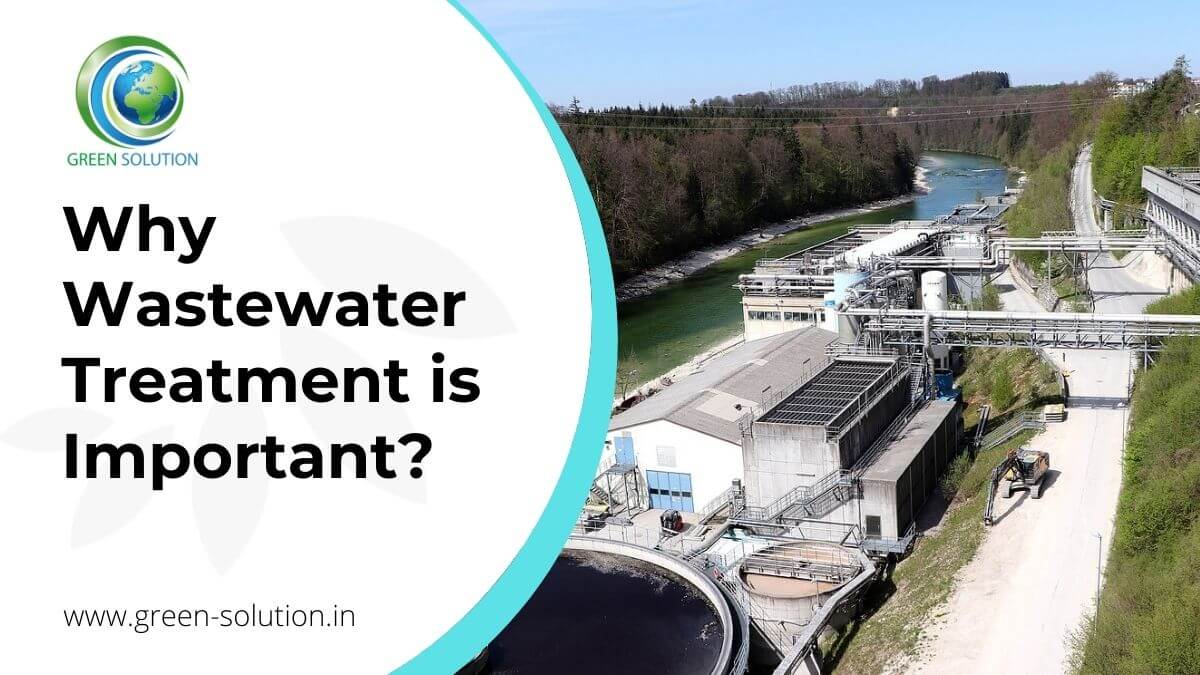5 Easy Facts About Reclaim Waste Described
5 Easy Facts About Reclaim Waste Described
Blog Article
The Ultimate Guide To Reclaim Waste
Table of ContentsThe Ultimate Guide To Reclaim WasteEverything about Reclaim WasteSome Known Details About Reclaim Waste Some Known Facts About Reclaim Waste.Not known Factual Statements About Reclaim Waste
Check out the kinds, occurrences, and types of liquid waste. Domestic sewer waste describes the waste and products from a residential septic system. This kind of waste is produced by human beings in residences, colleges, and various other structures. This only includes septic systems that have a drain area. The appropriate management and disposal of residential sewer waste call for liquid waste to be moved to a sewer treatment plant where the proper approaches and equipment are related to purify and take care of waste.
Business waste typically includes prospective risks, such as flammable materials or a mix of fluid and solid waste items, and needs an advanced and thorough disposal procedure. The disposal of business waste normally includes the filtration of waste prior to transportation to ensure risk-free and proper disposal. Hazardous waste is developed from byproducts and overflow of commercial processes and manufacturing.
This sort of waste can not make use of the same sewage administration transport or procedures as septic or business fluids. The hazardous waste management procedure calls for the examination and screening of liquid waste before it undergoes the disposal process (liquid waste disposal). Runoff waste is the fluid waste that comes from runoff and excess stormwater in very populated locations or cities
Overflow waste can create contamination and flooding if not dealt with correctly. Making certain appropriate waste administration can protect against catastrophes and reduce environmental harm.
Reclaim Waste for Dummies
Call PROS Providers today to find out about our waste monitoring and disposal services and the appropriate methods to take care of the liquid waste you create.
(https://justpaste.it/fauht)This supposed 'wastewater' is not only a vital source but, after therapy, will be launched to our land, waterways or the sea. Utilized water from toilets, showers, baths, kitchen sinks, washings and industrial processes is known as wastewater.

water used to cool machinery or clean plant and devices). Stormwater, a form of wastewater, is drainage that flows from agricultural and urban areas such as roofing systems, parks, yards, roadways, courses and gutters right into stormwater drains pipes, after rain. Stormwater streams untreated straight to neighborhood creeks or rivers, eventually getting to the ocean.
5 Simple Techniques For Reclaim Waste
In Queensland, most wastewater is treated at sewer treatment plants. Wastewater is moved from domestic or industrial sites via a system of sewage systems and pump stations, understood as sewerage reticulation, to a sewer treatment plant.
The Division of Natural Resources suggests city governments about managing, operating and keeping sewage systems and therapy plants. In unsewered areas, regional governments may require householders to set up specific or household sewer treatment systems to deal with residential wastewater from commodes, kitchens, washrooms and laundries. The Department of Natural Resources authorizes making use of house systems when they are shown to be efficient.
In some brand-new subdivisions, therapy of some stormwater to get rid of litter, sand and gravel has actually started utilizing gross contaminant catches. Wastewater therapy happens in 4 phases: Removes solid issue.
Makes use of little living organisms understands as micro-organisms to break down and remove remaining dissolved wastes and fine particles. Micro-organisms and wastes are included in the sludge.
Everything about Reclaim Waste
Nutrient removal is continue reading this not readily available at all sewer treatment plants since it calls for pricey specialised devices. Clear fluid effluent generated after therapy may still contain disease-causing micro-organisms - industrial wastewater treatment.

This typically suggests wastewater has to be dealt with or contaminants gotten rid of prior to it can be released to waterways. A lot of wastewater moves into the sewage system. Under the Act, city governments carry out authorizations and licences for ecologically pertinent tasks (Ages) entailing wastewater launches that could have a neighborhood influence. The division carries out authorizations and permits to ERAs involving wastewater releases that may have a local or statewide impact.
The 2-Minute Rule for Reclaim Waste
Tracking provides accurate information about water high quality and can validate that licence conditions are being met. The information acquired through tracking offers the basis for making water high quality decisions.
Report this page